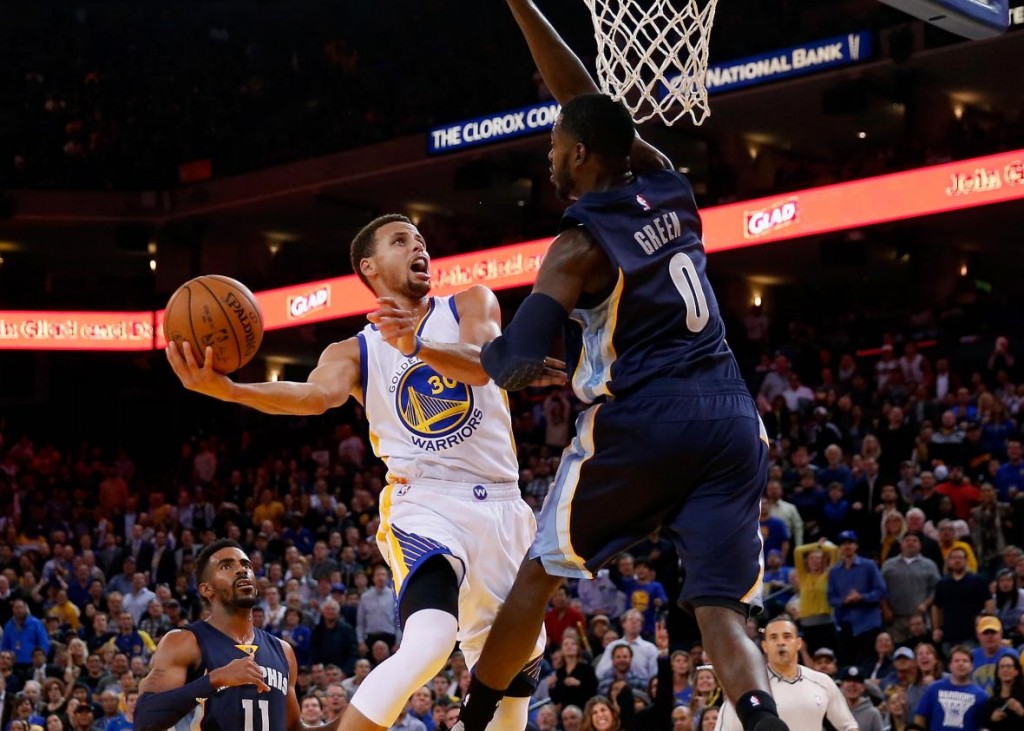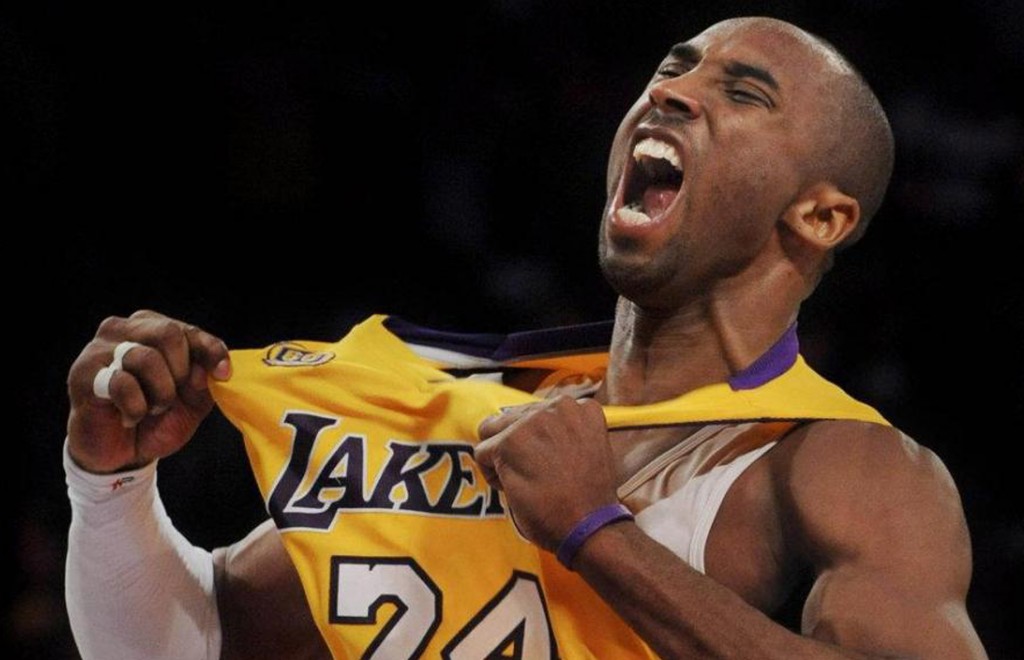Mindfulness leads Golden State Warriors to the best record in NBA history
Tonight, the Golden State Warriors look to claim a spot the record books. With a win against the Memphis Grizzlies, they would finish the regular season at 73-9, which would be the best record in NBA history.
One key to the Warriors’ success that almost no one is talking about is the four core values coach Steve Kerr asks his players to embody:
- Joy
- Mindfulness
- Compassion
- Competition
After the team broke the record for the best start to a season last fall, Curry attributed some of their success to a mindful outlook.
He told the New York Times, “You got to continue to just stay in the moment. When you stay in the moment, good things happen, because everybody’s just wrapped up in the process.”
Mindfulness experts know that, just as important as good experiences, fewer negative feelings arise for people who practice mindfulness during their daily activity.
“When our brains get caught up in thoughts from the past…or thoughts of the future…it creates a stress response, and we can’t use the part of the brain that keeps us engaged in the moment,” says mindfulness author Dr. Kristen Race.
Bryce Arghiere
For mindfulness training contact Furthr now
Posted in: Infographic of the day, Mindfulness | Leave a Comment










